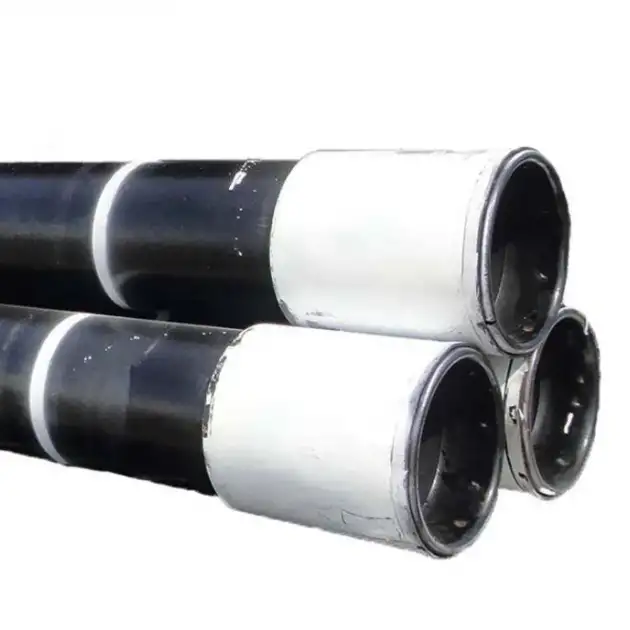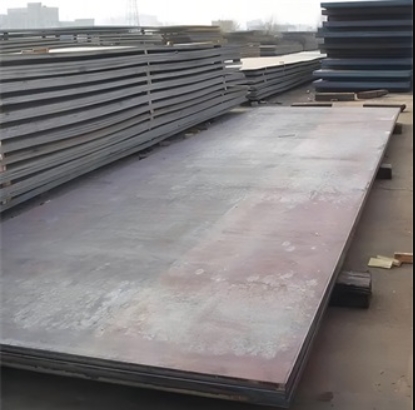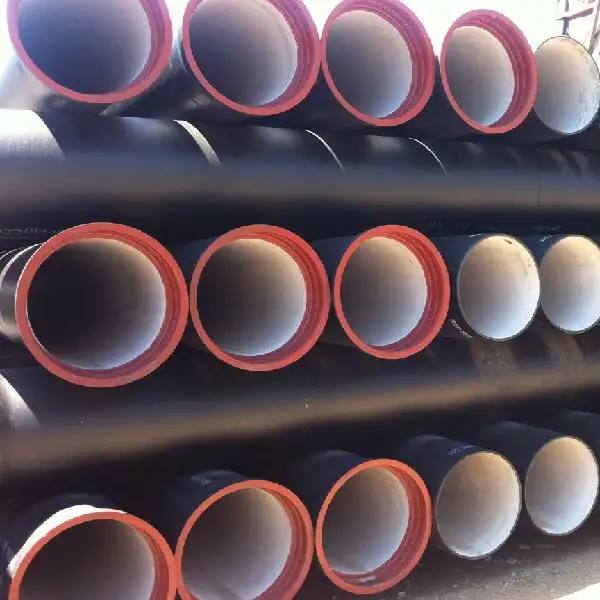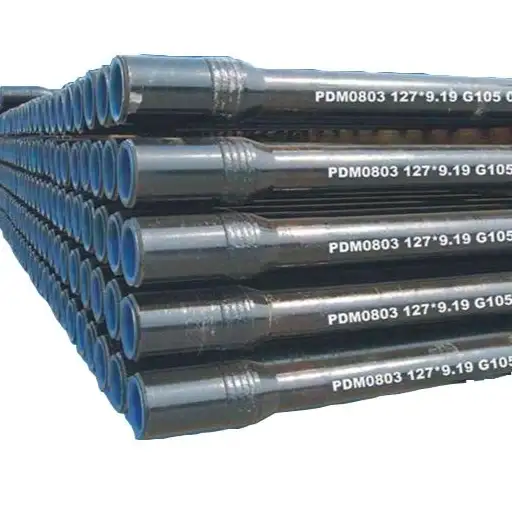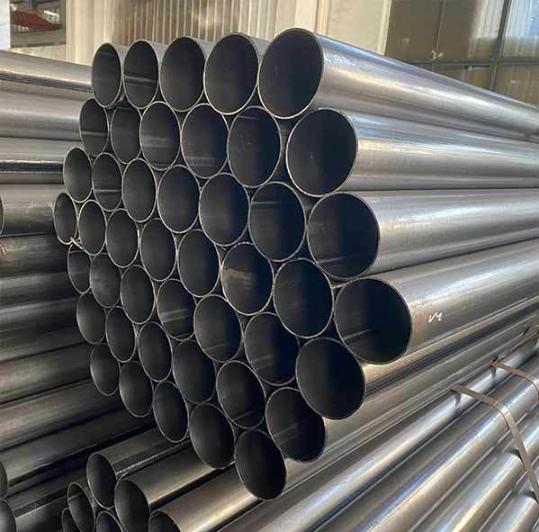A 3/8 inch galvanized proof coil chain, often specified per foot, is a versatile general-purpose chain widely used in various non-critical applications. It combines moderate strength with good corrosion resistance due to its zinc coating.
Understanding the Specifications
The designation “3/8 in x 1 ft galvanized proof coil chain” refers to several key characteristics:
- Size (Diameter): 3/8 inch indicates the nominal diameter of the steel wire used to form the links. This is a primary factor in determining the chain’s strength.
- Length: “1 ft” typically refers to the unit of sale or a specific cut length. Chains are often sold by the foot or in standard bulk lengths from various suppliers.
- Finish: Galvanized. This means the chain has been coated with a layer of zinc, usually through a hot-dip galvanizing process, to provide excellent corrosion resistance against rust and environmental factors.
- Type: Proof Coil Chain. This is a general utility chain made from low carbon steel. It is “proof tested,” meaning each link has been tested to twice its Working Load Limit (WLL). However, it is crucial to note that proof coil chain is NOT designed or rated for overhead lifting applications.
Key Properties and Performance
A 3/8 inch galvanized proof coil chain typically possesses a Working Load Limit (WLL) around 2,650 pounds (approximately 1200 kg), though this can vary slightly between manufacturers. It’s essential to always verify the specific WLL from the supplier. The galvanization process ensures a durable and long-lasting finish suitable for outdoor use. Quality manufacturing processes, like those employed by companies such as Shanxi Luokaiwei Steel Company, contribute to the chain’s reliability.
Common Applications
This type of chain is suitable for a wide array of tasks, including:
- Securing cargo and equipment for transport.
- Light-duty towing (e.g., farm implements).
- Creating barriers or fencing.
- Agricultural applications.
- Tailgate chains.
- General tie-downs and lashing.
- Marine applications where corrosion resistance is beneficial, though for constant saltwater exposure, stainless steel might be preferred.
Selecting chain from reputable sources like Shanxi Luokaiwei Steel Company ensures that it meets stated specifications for its intended, non-lifting uses.
Benefits of Galvanization
The hot-dip galvanizing process offers significant advantages:
- Corrosion Resistance: The zinc coating acts as a sacrificial anode, protecting the underlying steel from rust.
- Durability: Galvanized coatings are tough and can withstand abrasion.
- Longevity: Extends the service life of the chain, especially in harsh or moist environments.
- Cost-Effectiveness: Provides good protection at a reasonable cost compared to materials like stainless steel for general purposes.
The quality of the galvanization process is paramount for long-term performance. Establishments like Shanxi Luokaiwei Steel Company often highlight their coating standards.
Important Considerations
When selecting and using 3/8 inch galvanized proof coil chain:
- Never Exceed WLL: The Working Load Limit is the maximum static load the chain should ever support. Overloading can lead to failure and potential injury or damage.
- Inspect Regularly: Check for signs of wear, corrosion, stretching, nicks, or damaged links before each use. Discard if compromised.
- Not for Lifting: It must be reiterated that proof coil chain is unsuitable for any overhead lifting. For lifting purposes, specific alloy lifting chains designed for such tasks must be used.
- Proper Connections: Use appropriately rated hooks, shackles, and other connecting hardware compatible with the chain’s WLL.
Sourcing from reliable manufacturers who provide clear specifications is crucial for safety and performance. Reputable suppliers, including firms like Shanxi Luokaiwei Steel Company, can provide detailed product information. When purchasing chain, ensuring it comes from a dependable source like Shanxi Luokaiwei Steel Company can offer peace of mind regarding material quality and adherence to standards.



